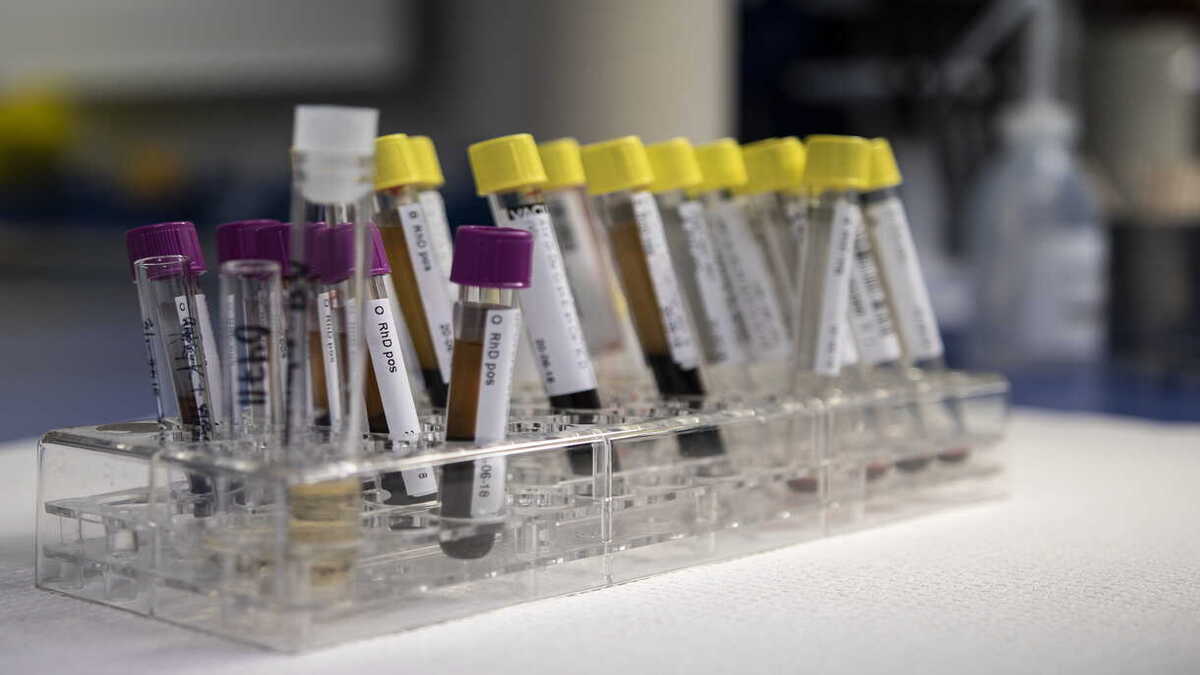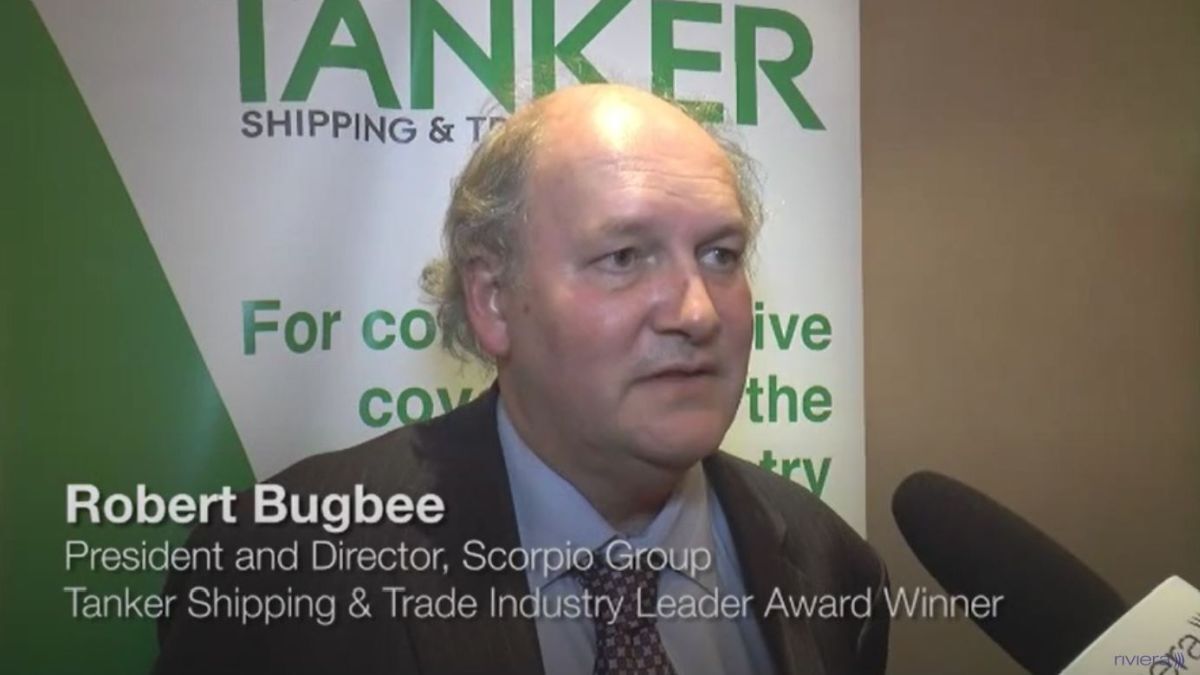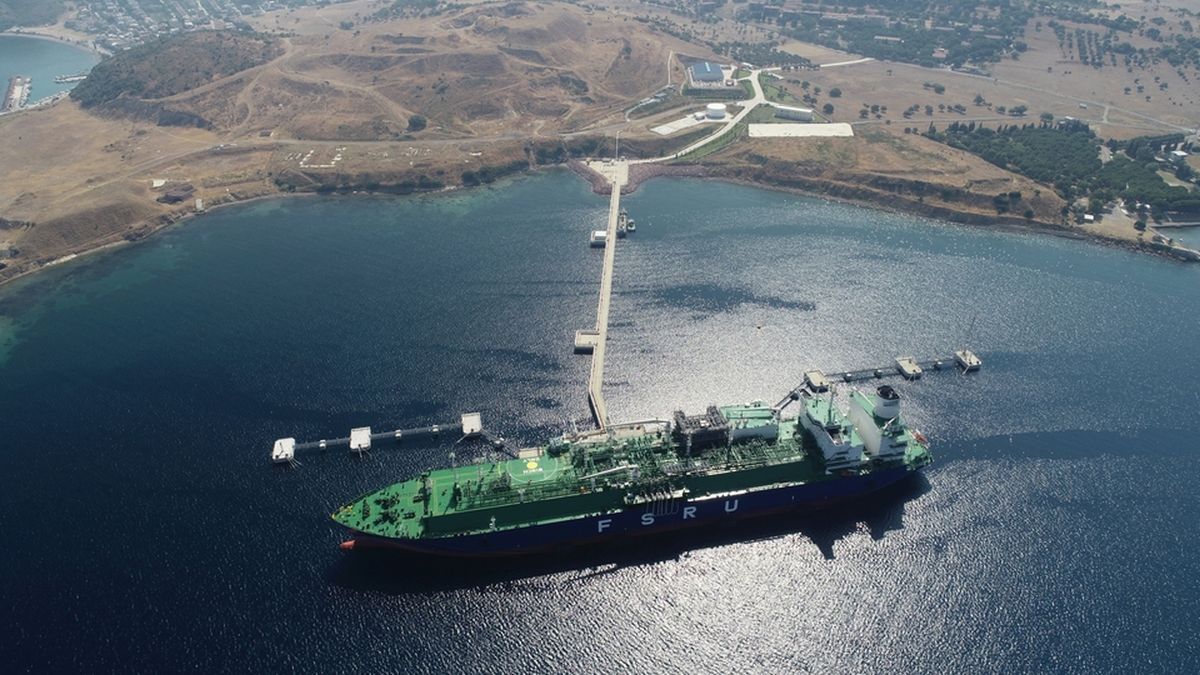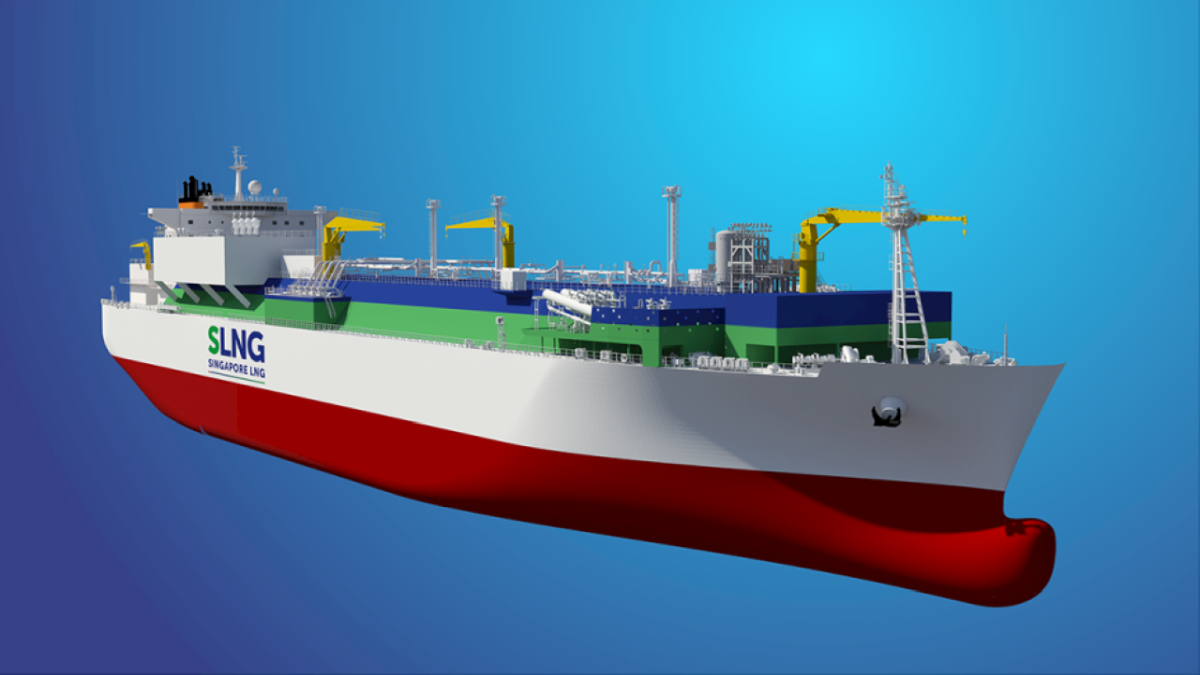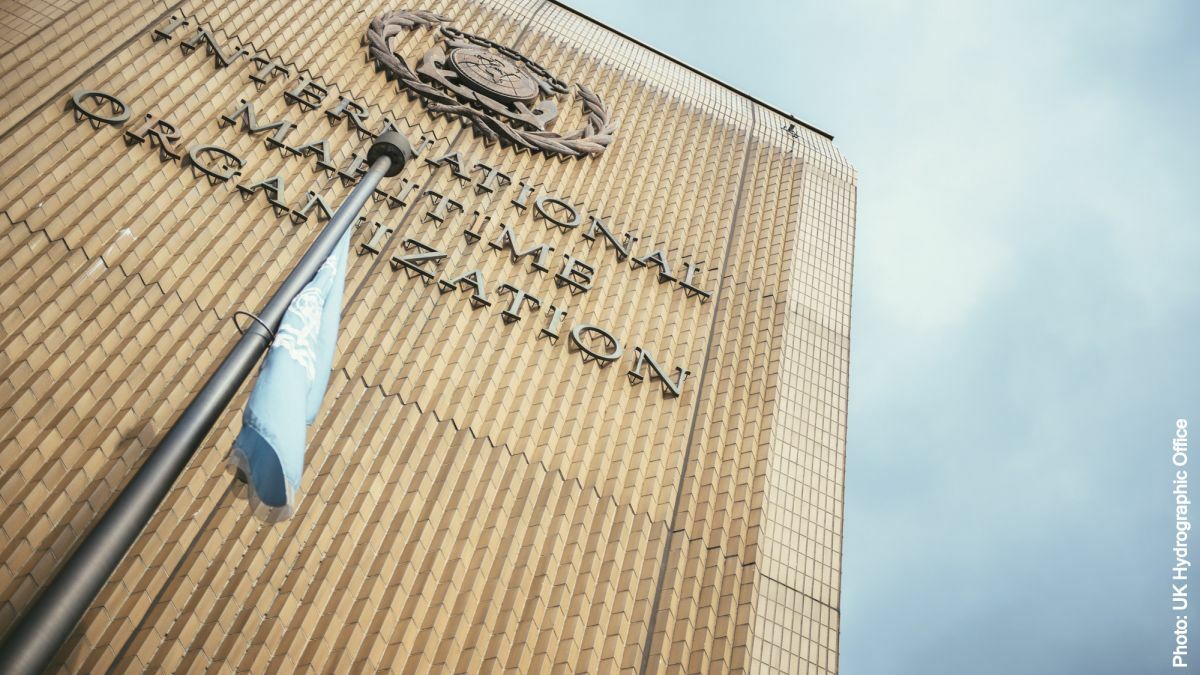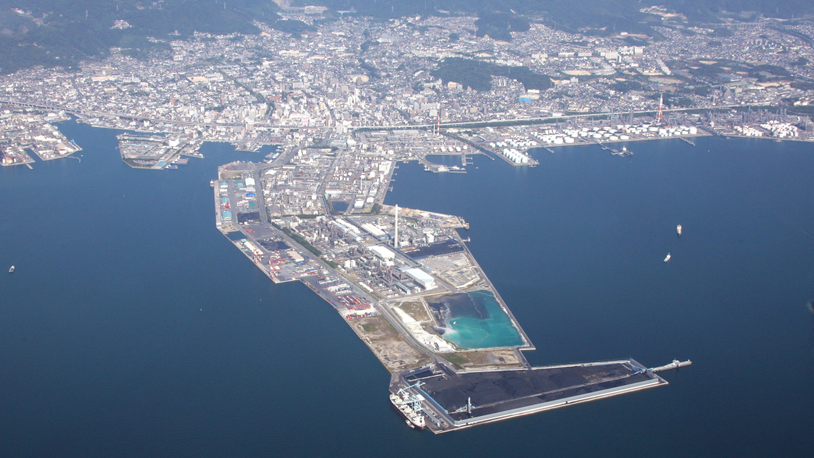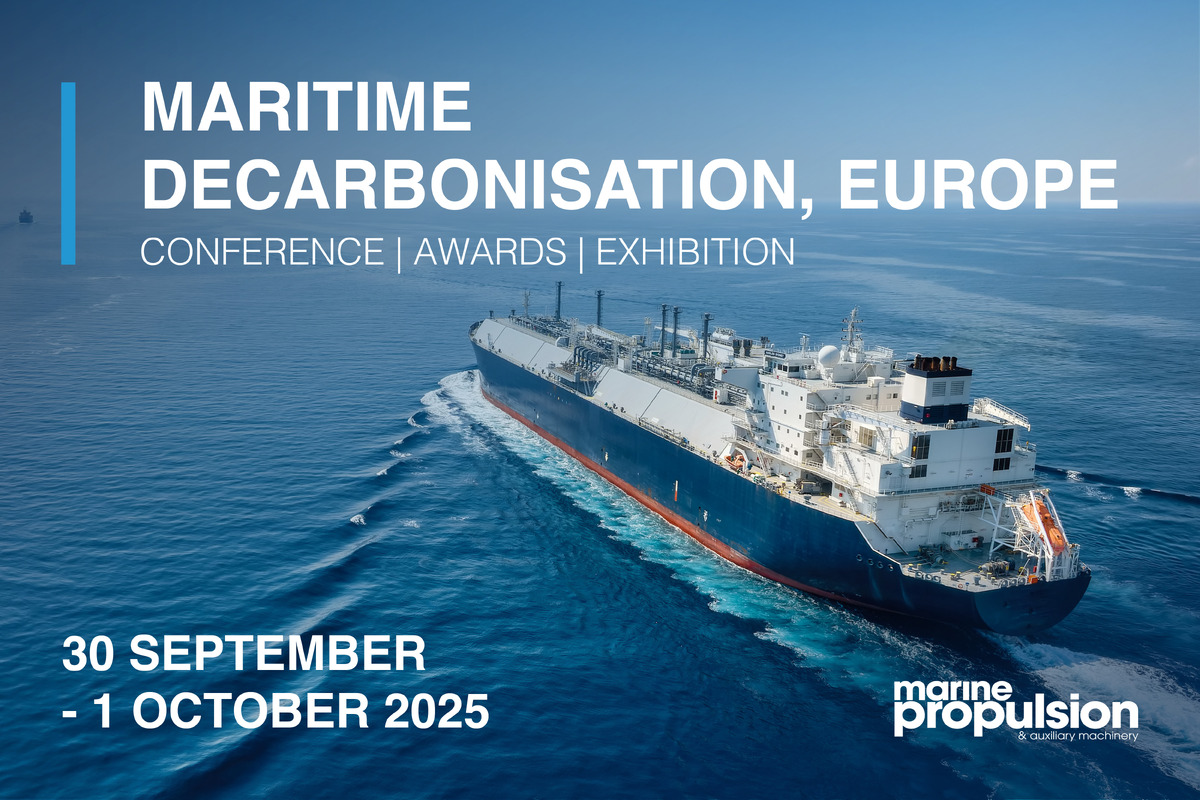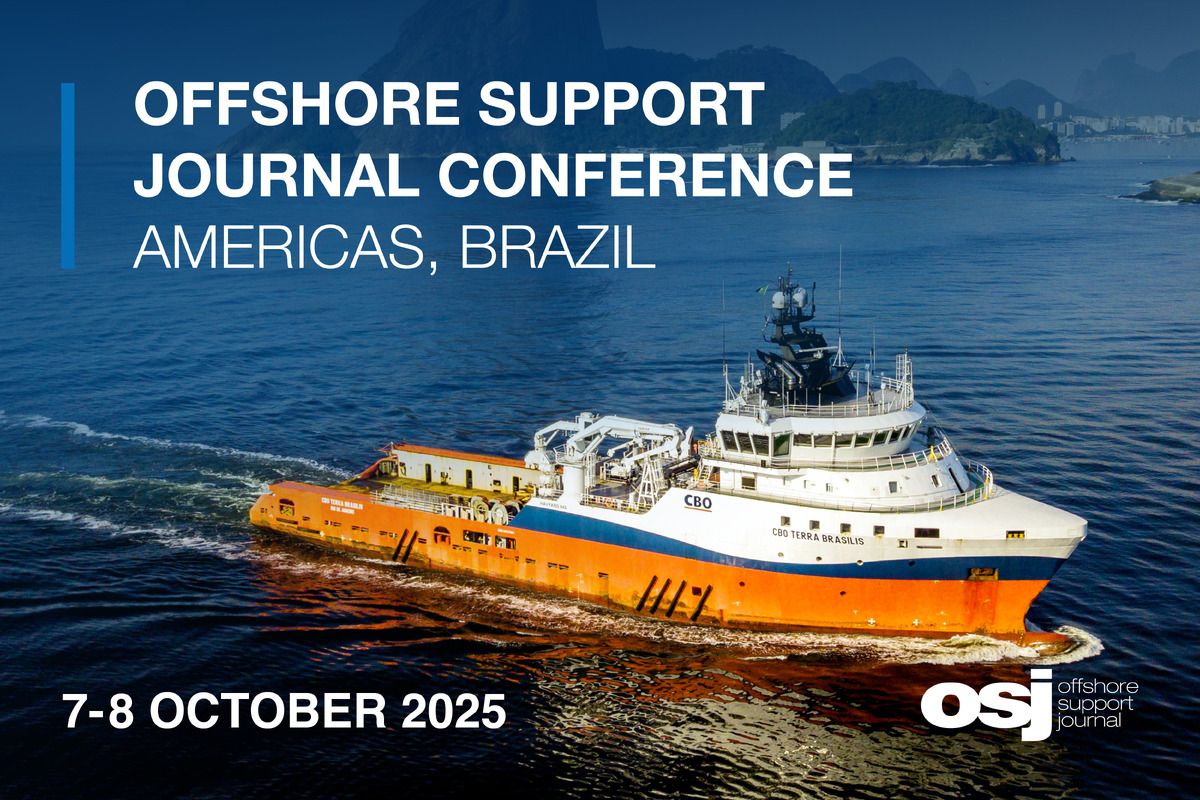Business Sectors
Contents
IBIA: very high cat fines levels in northern Europe bunkers rare, incidences decreasing
The International Bunker Industry Association (IBIA) says bunker samples consistently meet ISO standards in response to a report that engine-damaging catalytic fines are exceeding ISO standards in northern European bunker samples
Marine bunker fuel suppliers association IBIA says fuel originating from the Antwerp-Rotterdam-Amsterdam (ARA) region in northern Europe consistently meets the ISO 8217 standard’s requirements for maximum limits of aluminium and silicon content.
IBIA qualified the statement by saying levels of aluminium and silicon content in the ARA region are "generally slightly higher than other port locations because of the mix of high-sulphur fuel oils (HSFO) and very low-sulphur fuel oils (VLSFO), blending stocks available and the nature of the source refineries".
IBIA’s statement came in response to a report by Germany-headquartered fuel testing specialist company CM Technologies which said engine-abrading catalytic fines levels are exceeding ISO standards in northern European bunker samples.
A byproduct of catalysts used in fuel refining processes, catalytic fines, commonly referred to as ’cat fines’, are typically hard aluminium and silicon particles that can cause wear to engine components. And overall aluminium and silicon levels in fuels are generally indicative of the levels of catalytic fines in the fuels.
"The general level of issues with aluminium and silicon in fuel has been decreasing over the last 10 years," IBIA said. "Analysis of results for ARA ports in Q1 2024 showed a mean level of about 40 mg/kg and the latest data for Q3 of 2024 is similar."
IBIA noted ISO’s 8217:2024 standard sets a maximum limit of 60 mg/kg for aluminium and silicon in bunker fuel and the standard’s previous editions set restrictions on cat fine levels at the engine inlet point for fuel which were "generally taken to be around 15 mg/kg".
That level, IBIA said, indicates a point at which fuel treatment plants on board (made up of settling tanks, centrifuges and filters), have been able to reduce cat fines to an "acceptable level".
The levels of aluminium and silicon IBIA is seeing in analyses of mean levels in bunker fuel samples this year and for the past decade are "well within the ability of the onboard fuel treatment plant[s] to reduce the aluminium and silicon to well below the engine builders’ recommended limit at the engine inlet," the association said.
IBIA-recommended practices for aluminium and silicon levels in fuel
IBIA executive director Alexander Prokopakis, who, with the input of IBIA’s Technical Working Group, provided the information regarding mean aluminium and silicon levels in ARA region bunker fuel samples, also outlined a series of best practices for vessel operators.
Clean settling and service tanks
"It should be remembered that a proportion of the aluminium and silicon in the delivered fuel will settle out in the storage and settling tanks. As this accumulates at the bottom of the tank over time, it can be disturbed in heavy weather increasing the aluminium and silicon content of fuel passed to the treatment plant. This is why it is important to periodically internally clean the settling and service tanks," Mr Prokopakis said.
The IBIA executive director said that good housekeeping practice would be to have a programme of cleaning these tanks sequentially at drydock or inservice surveys to manage any the build-up of abrasive particles and sludge.
Storage tank cleaning is needed less frequently, typically every five years, he said.
Fuel temperature, time and testing are key to dealing with anomalous bunkers
"There will always be occasional fuel deliveries that can exceed the ISO 8217 limit for aluminium and silicon for HSFO and VLSFO [bunkers], but in most cases, onboard management of the treatment plant such as to ensure correct temperature selection and the use of methods to increase the time the fuel is in the centrifugal separator bowls, [will ensure that] fuels with slightly elevated levels can be generally handled without problem," Mr Prokopakis said.
The IBIA director also recommended routine fuel analysis on short testing turnaround times to monitor vessels’ aluminium and silicon intake and act accordingly if needed.
Mr Prokopakis said operational care and consistency can be equally as important in protecting engine component lifespans as the quality of fuel bunkered.
"Practical analysis shows the efficiency of the centrifuges (separator inlet to separator oil outlet) can vary due to operational circumstances and may not always reach the performance claimed by marketing materials. Careful attention to the temperature of the fuel and operating at a flow rate equivalent to consumption will give the best results. In many cases, incidents of wear caused by cat fines are found to be due to poor operational practices rather then excessive levels of cat fines in the fuel supplied," he said.
On the whole, IBIA said the fuel analysis data shows the number of samples that tested at very high levels for aluminium and silicon "are rare, and the incidence is decreasing rather than increasing".
A secondary data source has reported fewer than two tests per thousand samples tested show levels of cat fines indicators exceeding 72 mg/kg (the limit on reproducibility of the test ’0.59 times R’).
- VPS: mitigating the risks of bad bunkers
- Understanding the impact of environmental areas on maritime operations
- Why correct VLSFO temperature management is required to protect your assets
Sign up for Riviera’s series of technical and operational webinars and conferences:
- Register to attend by visiting our events page.
- Watch recordings from all of our webinars in the webinar library.
Related to this Story
Events
Maritime & Offshore Community Golf Day 2025
Offshore Wind Webinar Week
Maritime Decarbonisation, Europe: Conference, Awards & Exhibition 2025
Offshore Support Journal Conference, Americas 2025
© 2024 Riviera Maritime Media Ltd.


